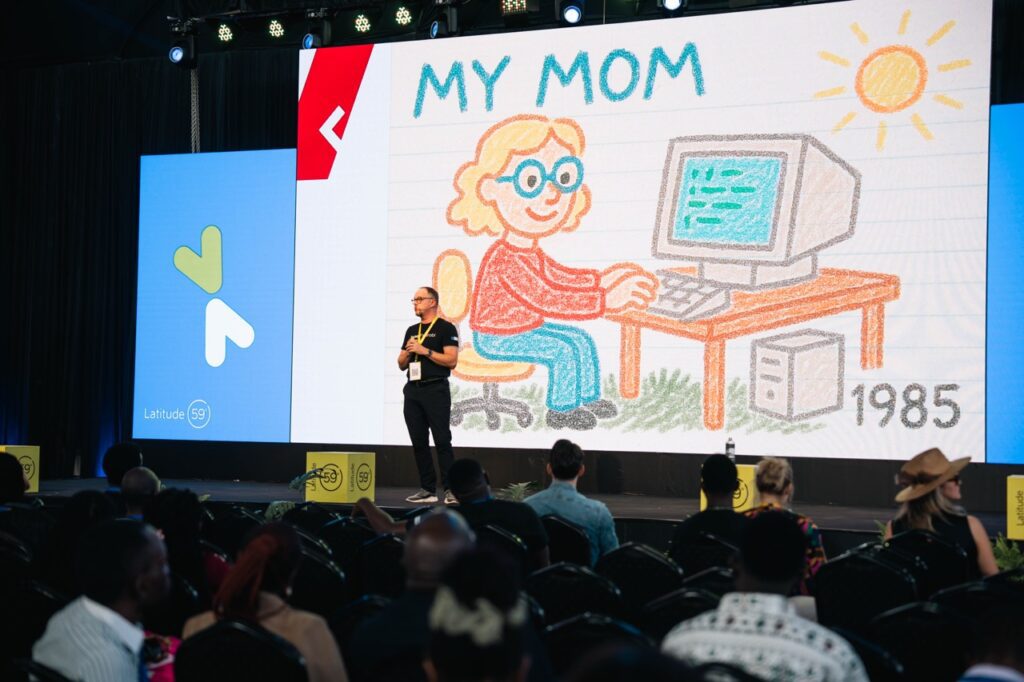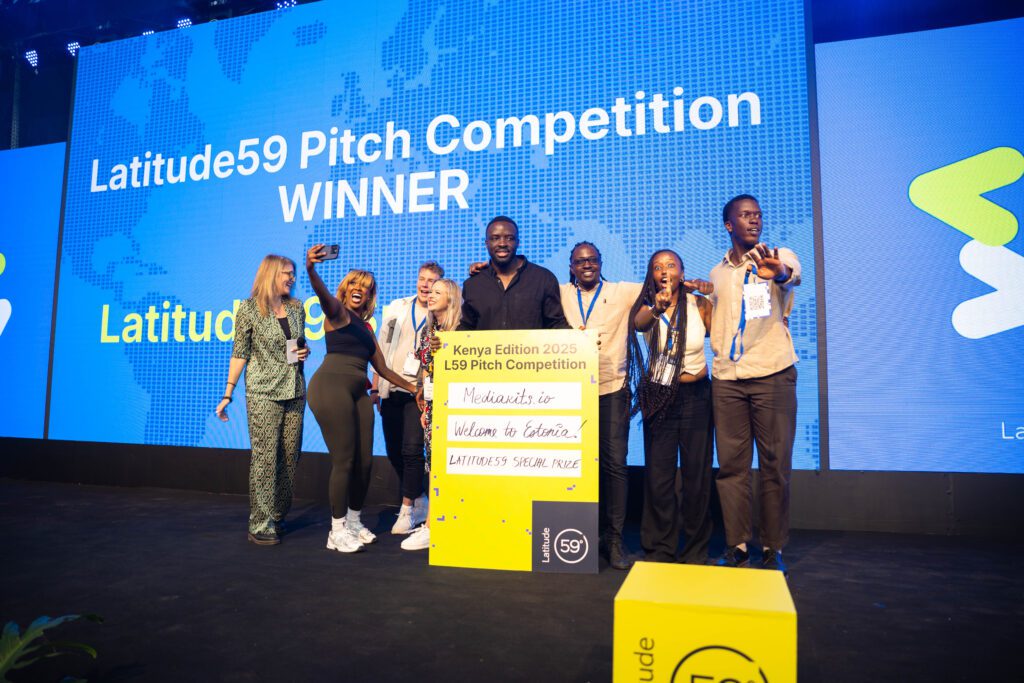Who cares about energy?
Fermi Energia is an Estonian energy startup that focuses on the development and deployment of Small Modular Reactors (SMR). The company’s goal is to provide an opportunity to reach carbon neutrality with reliability and affordability to Baltic consumers.
The Small Modular Reactors that Fermi Energia is considering are currently being developed and licensed with government funding in the USA, UK, and Canada. One of the first SMRs that is most probably suitable for use in Estonia as well, is GE Hitachi’s BWRX-300, which is currently planned to be built in Canada. The first one there will be operational in 2028. As we are closely observing Canada’s success, we aim to start operating by 2031-2032.
Small Modular Reactors are designed to overcome issues such as multi-billion dollar investment requirements, long construction times and related project risks that traditional Nuclear Power Plants typically carry. This can be achieved due to the project being relatively smaller in scope, easier to construct and potentially safer than traditional nuclear power plants.
The European Union has a 2050 carbon neutrality goal that may require the closure of fossil-fuel power stations, including natural gas, oil, coal, oil shale and petrol. We believe that this will significantly increase the demand for low-carbon electricity.
Wind and solar-power solutions are among some of the power generation alternatives that may be considered. However, these alternative power generation methods are intermittent, meaning that they do not guarantee a reliable power-supply.
As mankind is yet to discover the methods for affordable and sufficient energy storage, many nations (including Sweden, Finland, UK, US, France, Poland, Japan, and considering the glooming energy crisis, even Germany) are considering the nuclear option as safe, relaible and affordable means for energy production all year round.
Investment opportunity
During 2019-2021, Fermi Energia raised €3.9M of funding from Estonian and international companies and small investors. The next private financing round will be Q4-2022. Pleas contact us info@fermi.ee if you want to learn more about investing into sustainable clean energy and bringing Estonian energy system to 21st century.
Why SMRs?
The SMRs are, by interntional definition, nuclear reactors with up to 300MW electrical output capacity.
“Small” means that the power (and also the dimensions) are significantly smaller compared to the reactors (1000+ MW) mostly in use today. Reactors from different manufacturers vary from a few megawatts up to 300 MW, some even slightly larger.
The “M” stands for modular. It means that the reactor is transported to site as modules or as a single unit. This simplifies and shortens the building process, making the plant cheaper to build.
Rolls-Royce SMR
Due to their relatively small size and design, SMRs have better safety and smaller Emergency Planning Zones. Furthermore, SMRs have no atmospheric emissions and the main environmental impact is the cooling of turbine steam by ambient air or water body such as sea or river. The land footprint is less than 1% of wind or solar.
We believe that SMRs have a high potential to deliver lower deployment and power generation costs, especially if deployed in multiple units. These can also have a lower unit capital cost, thus reducing financial, licensing and project execution risks compared to large Nuclear Power Plants.
So when will it happen?
Bringing a small modular reactor to Estonia will require quite a lot of prior knowledge and research. Clear understanding of the options and their implications is needed before a country can make an informed and knowledge-based decision in principle to go nuclear or not.
At the meeting of the Cabinet of Ministers on 8 April 2021, the proposal of the Minister of the Environment was approved, regarding the Nuclear Energy Working Group formation and a mandate was given to assemble the Working Group.
The first interim report and an overview of the results of the Nuclear Energy Working Group’s research will be submitted by September 2022, and the final report by the end of 2023.
The Riigikogu will make a decision on whether this form of energy could be used in Estonia in the future.
A National Detailed Special Planning is needed to find suitable locations for a nuclear power plant. The choice of the possible location of a nuclear power plant must take into account all the factors in order to ensure both the safety of the plant and the minimum impact on the surrounding environment, including humans and the natural habitat. It is impractical to build a nuclear power plant in flood-prone areas, on a cliff, near large cities, in a nature reserve, very far from large transmission lines or cooling water, or in a place where geology does not favor it.
Fermi Energy has procured a preliminary site selection analysis, according to which the most suitable locations for the station are in Lääne- and Ida-Viru counties, both on the coast and far from the sea.
After carrying out preliminary works and obtaining a construction licence, it is possible to make a final investment decision and start building the plant. The advantage of small reactors over a large nuclear power plant is the reduced use of materials and factory built reactor components, which reduce both construction time and costs, as well as any unforeseen circumstances that inevitably occur during construction. At the same time, the reference technology experience can be relied on.
Each nuclear power plant construction plan includes waste management and decommissioning after the plant’s life cycle ends, demolition and the conversion of the site back into a ‘greenfield’, after which there are no longer any restrictions on the use of the land.
The design life of nuclear power plants is usually 60 years, which can be extended – the licenses of many plants have been extended to 80 years, and in the future it is possible that a nuclear power plant could operate for 100 years.
Sandor Liive, M.A. Chairman of the Board. Former CEO & CFO of Eesti Energia (national utility). Chairman of RB Rail AS. Co-founder GridIO. Sandor contributes weekly in multiple discussions with domestic and international partners.
Kalev Kallemets, Ph.D. CEO. Former deputy-director of Geological Survey of Estonia, advisor to Ministry of Economic Affairs on Mineral Policy, Member of Parliament, Secretary-General of Estonian Nuclear Power NGO. Ph.D. from Tall Tech in energy economics.
Henri Ormus, M.Sc. member of the management board. Change manager in Fennovoima (large NPP deployment project in Finland). Vice-President of Estonian Nuclear Society. Henri responsibility is the human resources and the planning process.
Merja Pukari, Ph.D., MBA. head of the fuel cycle; member of the Board. Project manager in Vattenfall. Director of Swedish Center for Nuclear technology.
Marti Jeltsov, Ph.D. nuclear engineer; head of technology. Head of nuclear energy working group at National Institute of Chemical Physics and Biology. Former power market analyst at Vattenfall.
Kaspar Kööp, Ph.D. nuclear engineer; head of safety. Platform PO at Furhat Robotics.
Mait Müntel, Ph.D. Member of the Board. Founder & CEO at Lingvist. Former particle physicist at in CERN.
If you’re interested in Fermi Energia, visit our website to learn more, or better yet, come find us at Latitude59’s Startup Demo Area.



